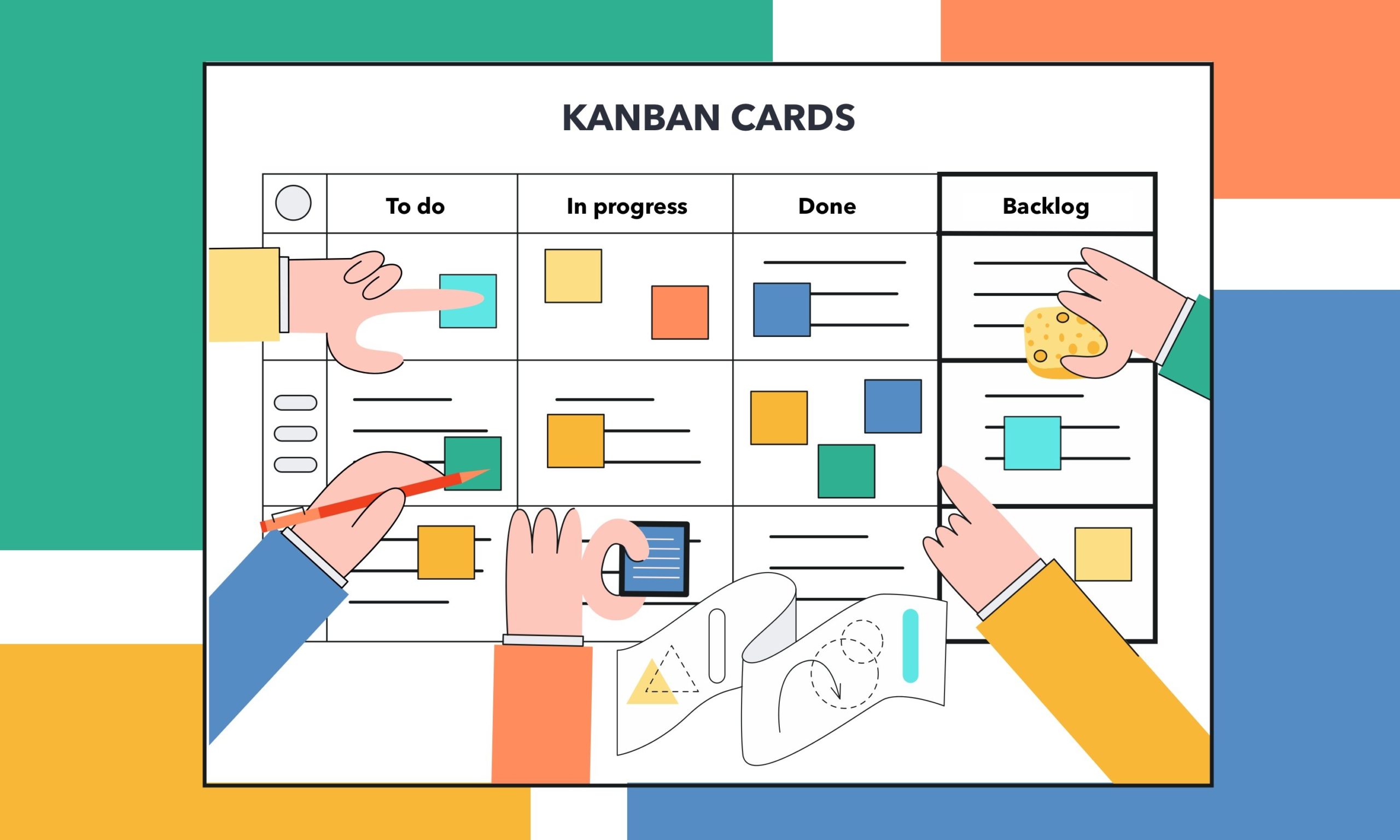Have you ever found yourself overwhelmed with a never-ending to-do list? Or felt like there’s just never enough time in a day? If so, you’re not alone. Time management is a constant struggle for many of us, and it often feels like we’re racing against the clock to get things done. Thankfully, there’s a simple yet powerful technique that can revolutionize the way you manage your time: the 2-minute rule. Coined by productivity expert David Allen in his bestselling book “Getting Things Done,” the 2-minute rule suggests that if a task takes less than 2 minutes to complete, you should do it immediately instead of postponing it.
The 2-minute rule holds immense benefits and offers a practical approach to time management. By implementing this rule, you can increase productivity, reduce mental clutter, improve focus, and develop effective time management skills. In this article, we will explore the concept of the 2-minute rule and provide practical tips on how to integrate it into your daily life for optimal results.
What is the 2-Minutes Rule?
At its core, the 2-minute rule is a simple guideline that encourages immediate action on tasks that can be completed in under 2 minutes. Instead of adding these small tasks to your to-do list or postponing them for later, the rule suggests tackling them right away. Whether it’s responding to a quick email, organizing your desk, or making a brief phone call, if it takes less than 2 minutes, do it immediately.
The Rationale Behind the 2-Minute Rule:
The rationale behind the 2-minute rule lies in the understanding that small tasks if left unattended, tend to accumulate and create mental clutter. These seemingly insignificant tasks start piling up, occupying valuable mental space, and becoming a source of distraction and stress. By promptly addressing these quick tasks, you prevent them from accumulating and cluttering your mind.
Furthermore, the 2-minute rule recognizes that the time and mental energy required to add a task to your to-do list, categorize it, and review it later often exceed the time it takes to complete the task itself. By immediately tackling these short tasks, you save time and mental effort in the long run, allowing you to focus on more substantial and demanding projects.
Additionally, completing small tasks promptly gives you a sense of accomplishment, which can boost motivation and overall productivity. The rule encourages a proactive approach to task management, preventing tasks from falling into the “procrastination trap” and building momentum for more significant undertakings.
Benefits of Implementing the 2-Minute Rule
Increased productivity: By implementing the 2-minute rule and promptly completing small tasks, you can significantly increase your overall productivity. Rather than allowing these minor tasks to accumulate and become overwhelming, addressing them immediately ensures they don’t linger on your to-do list. This allows you to maintain a steady momentum and a sense of progress throughout your day.
Reduced mental load: One of the key advantages of the 2-minute rule is its ability to prevent tasks from piling up and causing mental stress. When small tasks are left unattended, they tend to nag at the back of our minds, creating mental clutter and reducing our focus on more important tasks. By promptly addressing these quick tasks, you free up mental space and relieve yourself of the mental burden, leading to improved clarity and reduced stress.
Improved focus and concentration: The 2-minute rule helps you avoid distractions and maintain focus on important tasks. By immediately completing small tasks, you prevent them from becoming a source of constant interruption or temptation. This allows you to stay in the flow of your work and dedicate your attention to more significant and complex projects without the constant pull of minor tasks.
Practical Examples of the 2-Minute Rule
Household tasks: The 2-minute rule can be applied to various household chores that can be completed quickly. For instance, washing dishes, wiping countertops, folding laundry, making the bed, or tidying up a room are all tasks that often take less than 2 minutes each. By addressing these small tasks immediately, you prevent them from accumulating and turning into a time-consuming and overwhelming chore later on.
Email and communication: Promptly replying to short emails or messages is an excellent way to utilize the 2-minute rule in the realm of communication. Many emails or messages require only a brief response or acknowledgment. By taking a couple of minutes to respond right away, you demonstrate efficiency and maintain good communication practices. This helps avoid a backlog of unanswered messages and ensures smooth and timely interactions.
Organizing digital files: Digital clutter can be just as burdensome as physical clutter. The 2-minute rule is especially useful for organizing digital files and emails. Spending a few minutes to sort and categorize files, delete unnecessary emails, or create a simple folder structure can save significant time and effort in the long run. It enables easier retrieval of information, reduces the chances of losing important documents, and enhances overall digital organization.
Personal well-being: The 2-minute rule is not limited to work-related tasks. It can also be applied to personal well-being activities. Taking a couple of minutes to engage in self-care practices can have a positive impact on your overall well-being. Whether it’s stretching, deep breathing, practicing mindfulness, or even taking a short walk, dedicating a few minutes to yourself allows for a mental and physical reset. It helps reduce stress, increase focus, and improve overall productivity and happiness.
Summary
By implementing the 2-minute rule, you can experience several key benefits. Promptly completing small tasks increases overall productivity and reduces the mental load. It helps maintain focus and concentration on important tasks while cultivating good time management habits and efficient task prioritization.
Efficient time management is a lifelong skill that can significantly impact your personal and professional success. Remember that the 2-minute rule is just one tool in your time management toolbox. Combine it with other strategies that work for you, and continuously adapt your approach as needed. As you strive for better time management, always keep in mind that small actions can lead to big results. Embrace the power of the 2-minute rule, and watch as it transforms the way you manage your time and accomplish your goals.



